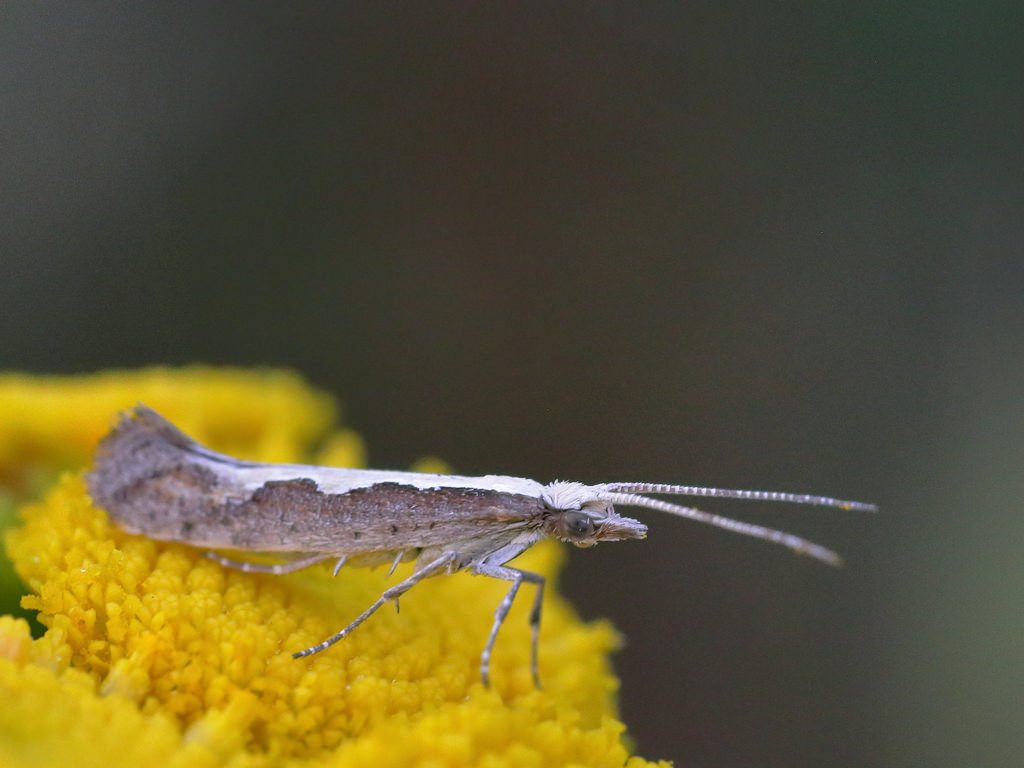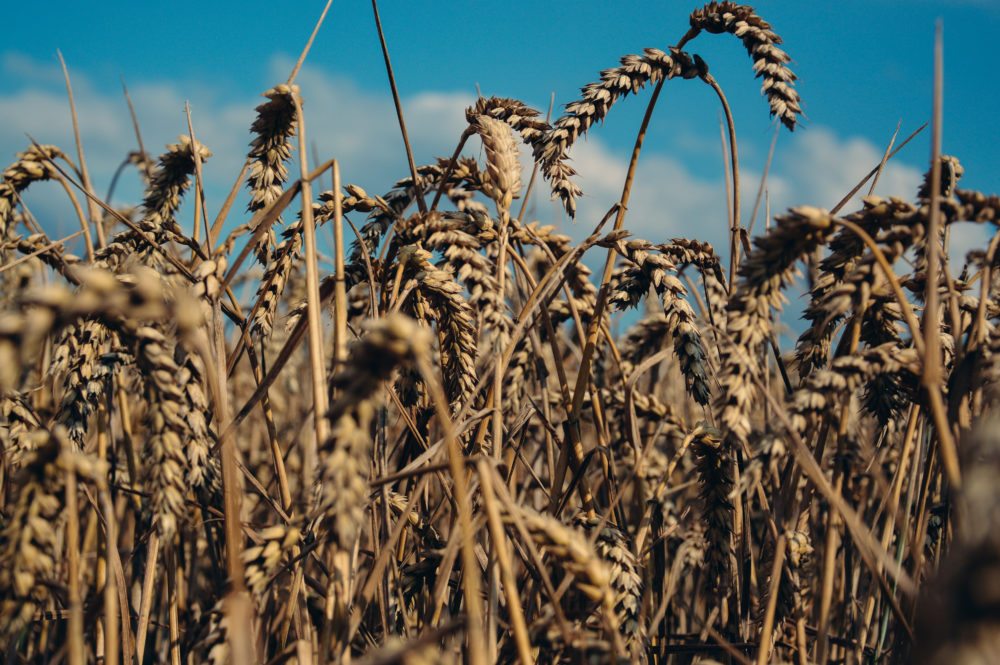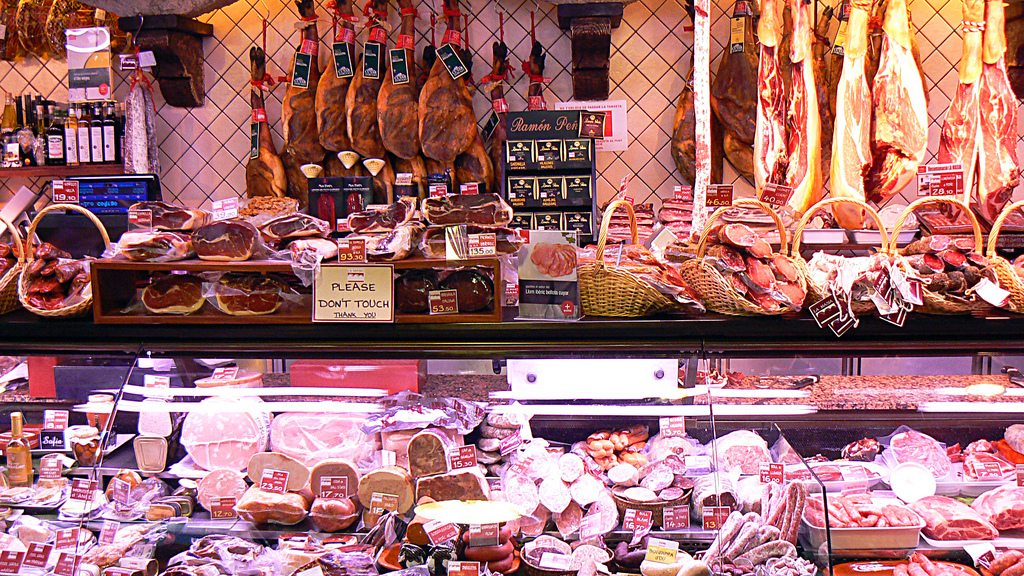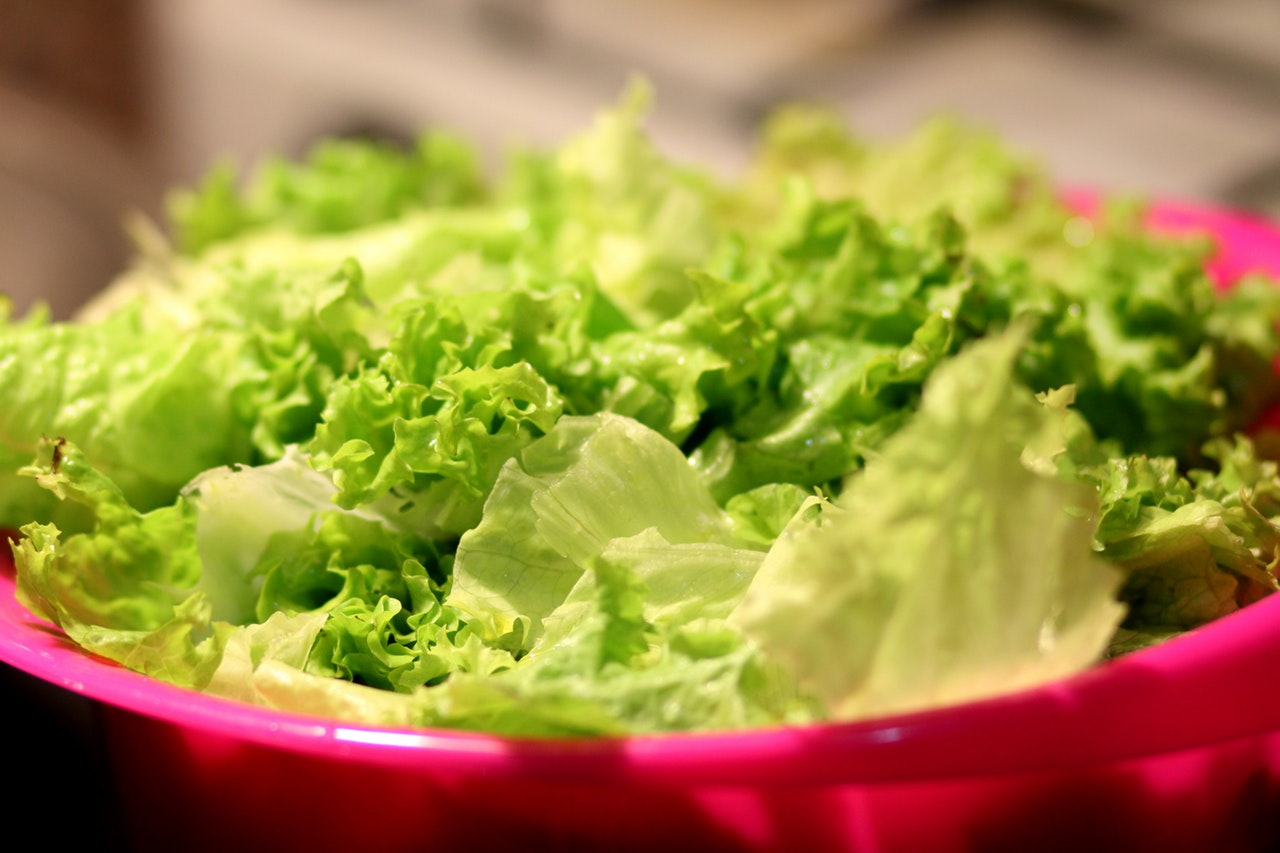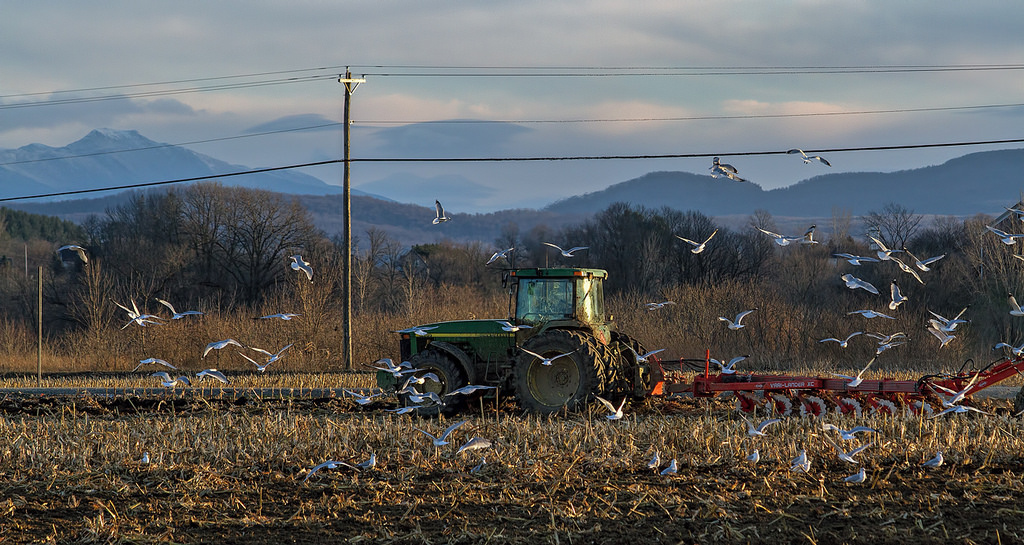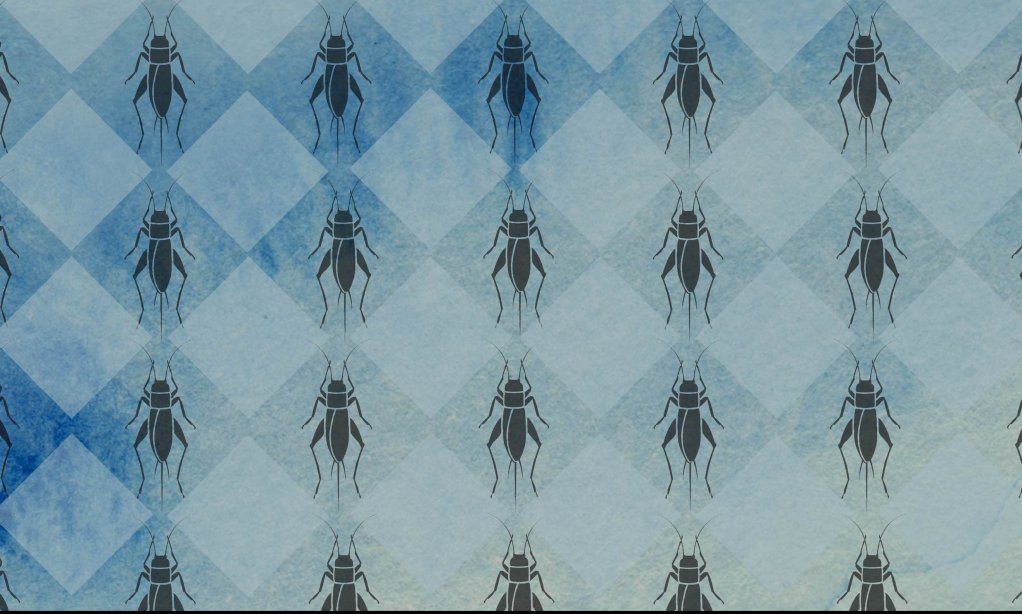
Claire Brown
If you’ve heard it once, you’ve heard it a thousand times: We all need to start eating bugs.
You know the story. The planet is becoming too populous. We need cheap protein. And billions of people across the planet already have the answer: eating insects. They’re easy to raise, they’re healthful, they produce far less greenhouse gas than meat and poultry. In theory, they can conserve resources too, converting feed to protein at a very desirable rate. Crickets, for instance, require just two pounds of feed to increase their body weight (collectively, of course) by a pound, compared to cattle, which need three times as much.
Insects, it seems, are the magic bullet—a sustainable, environmentally friendly, low-tech protein that’s cheap enough for the 9 billion people who are expected to inhabit the planet by 2050.
At this point, the story typically points to some trendy new product made of bugs, usually crickets. Maybe Chirps Chips cricket crackers, or cricket chip cookies from Bitty Foods, or the products of not one but two energy bar companies founded to advance the eating of insects.

But there’s a question that never seems to get answered: Are bugs really the magic bullet? And are they really ready to step up and become a major source of protein in developed countries? The short answer: Not yet. As much as many of us bemoan the excesses of industrial agriculture, we’re at a point where a bit of industrial thinking could go a long way toward launching the next phase in the battle for protein. If we want to eat crickets, we need organizations that can produce them at scale, and though the news from pioneering companies is mostly good and improving, the promise of bugs is still mostly promise.
The insect business in the United States got its start at least 60 years ago, explains Juan Morales-Ramos, a research entomologist for USDA’s Agricultural Research Service, and a co-editor of the forthcoming book Insects as Sustainable Food Ingredients: Production, Processing and Food Applications. The original business was raising crickets and mealworms for fishing bait. By the 1970s and 1980s, the market expanded to include feed for birds and exotic pets like lizards. These customers mostly wanted live insects, which put some automatic constraints on producers. Batches tended to be small and markets mostly local.
For U.S. producers, a turning point was the 2013 publication of the United Nations report Edible Insects: Future prospects for food and feed security, which documented a wide range of potential uses for insects and argued forcefully that they offered powerful solutions to a number of nutritional, social, and environmental issues the world faced. Two of the biggest North American cricket producers got their start that year: Ontario, Canada-based Entomo Farms, formerly Next Millennium, and Aspire Farms in Austin, Texas, a commercial-scale cricket breeding business which grew out of a research project at McGill University that won Bill Clinton’s Hult Prize in 2013. Crickets require less than 0.1 percent of the water it takes to raise a comparable weight of beef, thus making them sustainable in times of drought and environmentally appealing. They also started to infiltrate the health food market, being pitched to athletes and paleo diet enthusiasts.
“The industry is growing exponentially in the last few years,” says Morales. “Especially in the last two years, there has been an explosion of small companies producing crickets. They are producing them very primitively, actually. Basically they have big containers, which can be plastic, wood, even cardboard, and then they apply tape on the side of those containers to prevent the crickets from crawling out. Then they fill up these boxes with material—normally it’s egg cartons, so that the crickets will not be on top of each other. They provide water using chicken water feeders. They modify these water feeders using foam to prevent the crickets from drowning and they provide dry food in pans.”
It’s a labor-intensive process that really hasn’t changed at all. Aaron Dossey, one of Morales’s co-editors and founder of All Things Bugs, a company that produces Griopro Cricket Powder, describes a pair of photos he uses to make the point to funders. “One photo, the guy that started the farm in the 50s, with a piece of cardboard, shaking the crickets into a funnel to measure out 1,000 of them in a graduated cylinder and then 50 years later another guy from the same farm doing the exact same thing.”
All of which means that while theoretically crickets are cheap to produce, in practice they’re not. A thousand live crickets, roughly a pound, retail for $15 to $30. Cricket flour is $40 a pound. Frozen crickets for food producers currently seem to have stabilized at about $4 a pound, says Dossey.
Simply as a source of protein, that is high, when chicken goes for about $1.50 a pound. Crickets as a novelty food may make economic sense. But while the biggest U.S. cricket producers have succeeded in ramping up production, helping establish standards for what constitutes a food-quality cricket, and driving down costs, they have a ways to go before they hit the price point that Dossey says will make a real difference: a dollar a pound.
According to Morales, the two ways producers can cut costs are by perfecting the diet and automating processes.
Crickets can and will eat nearly anything, including processed organic waste from other farms. But, say cricket farmers, all cricket food isn’t created equal. Some feeds will cause crickets to grow big and healthy quickly, while others will reduce them to sickly little buggers that barely reach maturity. A much-cited paper published in PLOS One by researchers from the University of California, Davis found that crickets fed chicken feed were no more efficient at converting feed to protein than conventional broiler chickens, and crickets fed minimally processed, municipal-scale food waste mostly died. In general, crickets had about a 35 percent feed input to output efficiency—not much better than the 32 percent hens have, and certainly nowhere near their reputation.
To cricket entrepreneurs, it’s just proof that the way you raise crickets makes a big difference. “They didn’t use a good feed input, they didn’t raise the crickets to maturity, they raised the crickets in an environment that was not optimal,” says Entomo’s Jarrod Goldin, of the study. “I can tell you that we’re operating at about 60 percent feed input to output efficiency and we think we can get it even higher than that.”
 Flickr/Shankar S
Flickr/Shankar S In other parts of the world, entomophagy is more common. Fried crickets and bamboo worms in Cambodia
“If there is any optimal diet for crickets—all of that is still unknown,” says Morales. “The natural food of the cricket is not very well understood. We suspect they are omnivore insects, they eat several different food sources, mostly from decaying organic matter, vegetable organic matter, but they are also capable of eating animal food. But also other things they find in nature—sugar sources and stuff like that. But there has not been a comprehensive study on the diets of crickets.”
As for automation, it’s a work in progress—insect farming in the developed world is still in its early days. “It’s a brand new industry,” says Lisa Friedrich, Aspire’s marketing director, “and we don’t have the decades of experience or automation that you find in other types of livestock rearing.” Jarrod Goldin, president of Entomo farms, agrees. “Chicken farming is literally one of the most studied industries on the planet. We will get there. We have already brought the wholesale price down by about 30 percent this year. We see further decreases by end of year.”
“There are no existing mechanized cricket farms right now,” says Morales. “The vision of the mechanized system would be automatic feed dispensers for example, automatic water feeders, an automatic traywashing system. They exist in other industries, like in restaurants, they have machines that do that especially in cafeterias and places like that. So something can be devised to do that automatically in a cricket farm and eliminate all of that labor.”
Morales knows it can be done. He’s seen automation at work in the other area where insects are grown for human use—pest control. “All of those insects have been developed specifically to fight pests or to eradicate some pests, like the screw worm, the pinball worm, the fruit fly, the Mediterranean fruit fly. Mostly these are government projects. They are not commercial and the technology is much more advanced and the production possibilities are much greater. These government projects are an example of what can be achieved if there is enough interest on the part of the government in focusing on improving these technologies.”
In the long run, cricket crackers and energy bars may prove to be more of a sideshow than a significant step toward integrating insects into the food stream. But that doesn’t mean that significant steps won’t be made. The Edible Insects report pointed to a host of important initiatives using insects as both human food and animal feed:
- HaoCheng Mealworm Inc. in China specializes in the farming and sale of mealworms, superworms (which are basically extra-large mealworms), and maggots. The farm, established in 2002, consists of 15 rearing facilities and produces 50 tons of living mealworms and superworms per month and exports 200 tons of dried mealworms to Australia, Europe, North America, and Southeast Asia each year. The insects are eaten whole, added to products like bread, used as animal feed, and processed into supplements.
- South Africa’s AgriProtein operates a pair of factory farms that each hold 8 billion flies. The flies feed on urban waste and are ground up to produce 7 million tons a year of MagMeal, a feed for chickens and fish—with just 20 percent of the carbon footprint of conventional feed. The plants also produce compost and oils to be used to supplement feeds.
- Though insects are a relatively new idea in America, there is often an established trade in much of the rest of the world. This often benefits poor rural populations, who are the suppliers and processors. The Lao People’s Democratic Republic and Cambodia export 700 tons of edible insects to Thailand each year.
Ultimately, though, industrial farming of insects may not be the way they have their greatest impact. The UN report pays a lot of attention to the potential social benefits of eating bugs: The way that markets in insects could help improve the lives of the millions of people who live primarily by foraging in forests; the way that “mini-livestock” strategies reduce barriers to entry to business, but also offer a supply of food that is more resistant to drought than cattle or pigs; the way that insect culture seems particularly likely to benefit women in less developed countries.
That is the part that’s important to keep in mind amid all the attention trendy bug products are attracting. Insects aren’t just a different thing for us to put into our mouths. They’re a food source that potentially comes with a very different infrastructure than we’re used to—one that could be simultaneously small and local and big and global, with lots of room at the edges for poor and disenfranchised populations to work with a very normal and natural part of their environment to the benefit of their families and communities.
Are crickets ready for prime time? Maybe a better question is this: Where will insects find their place in the new food economy—as part of processed foods or as feedstock, as foraged local foods or as the products of a new, hopefully more environmentally friendly kind of farming? We need more out of bugs than just calories or grams of proteins. The next few years will go a long way toward determining whether we get it.


